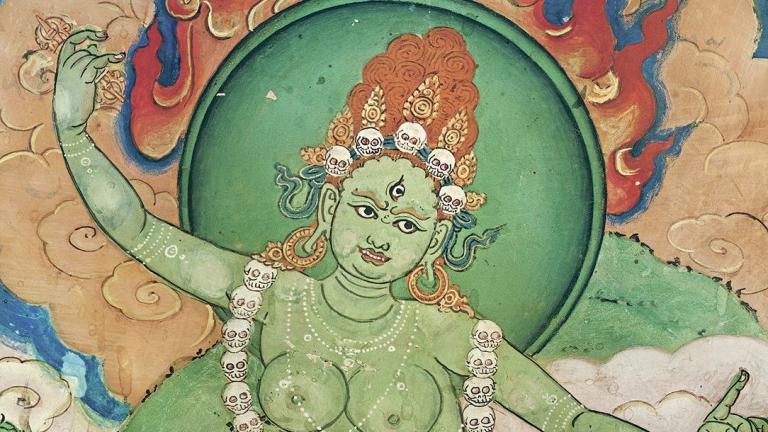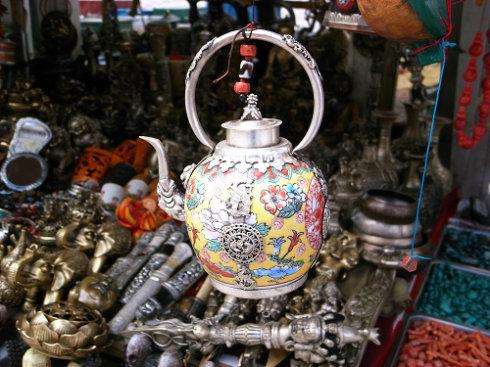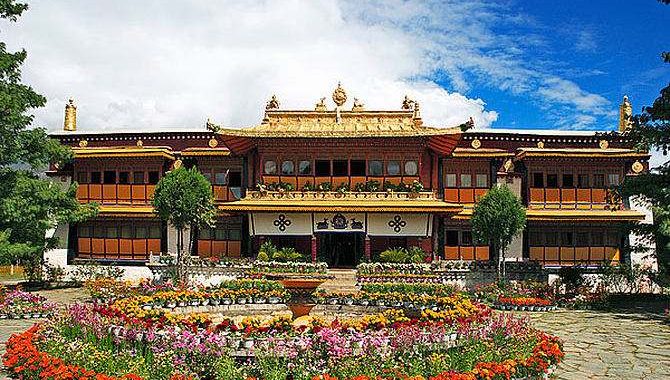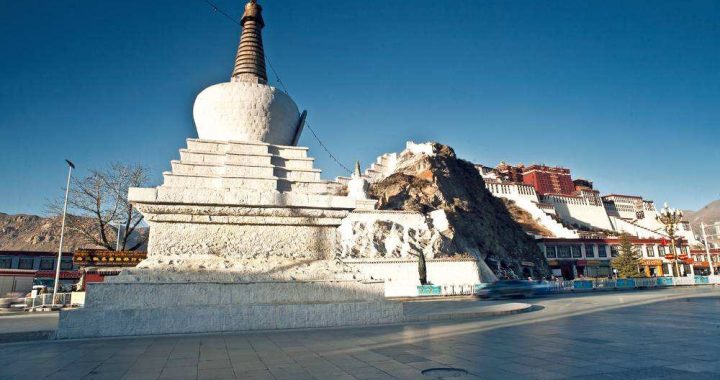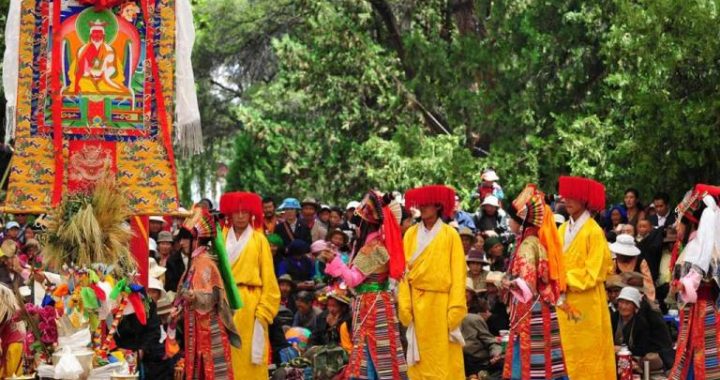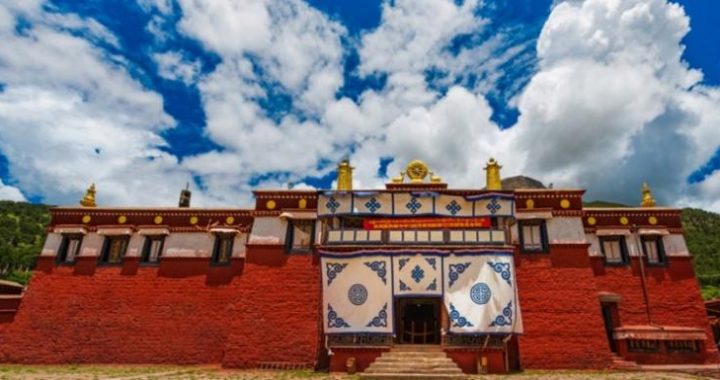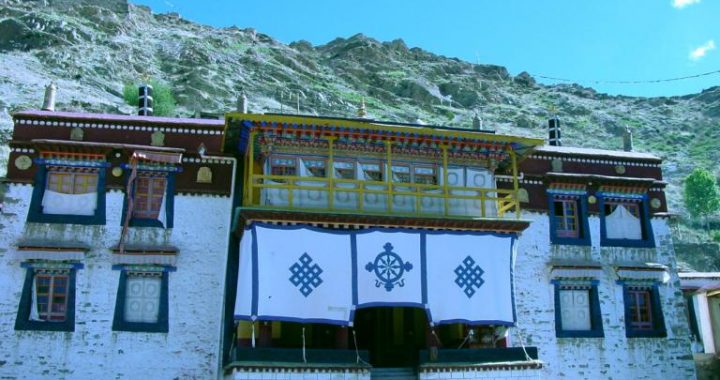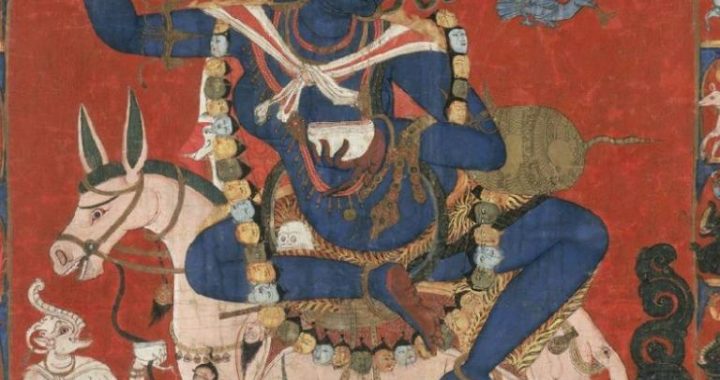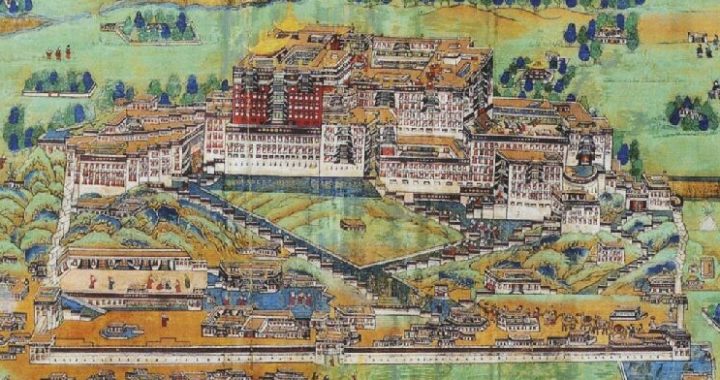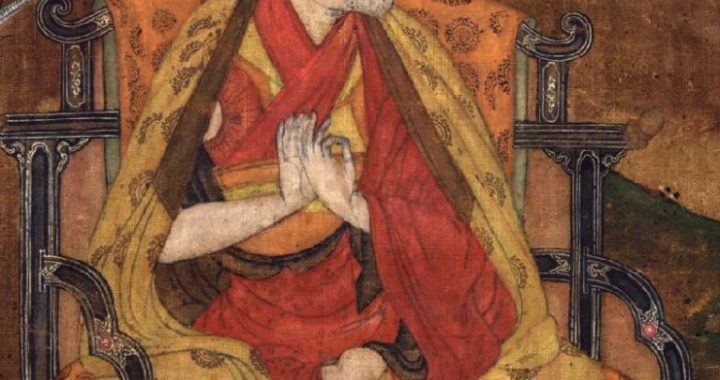The Patriarchal Monastery of Drakpa Sect: Drathang Monastery
3 min readLocated at Drathang Township, the seat of Dranang County of Shannan Prefecture, Drathang Monastery was established in 1081 by Drakpa Ngonshe, one of the thirteen Dranang Sages. Drakpa Ngonshe once was Kadam sect Lama, then he developed “Drakpa sect”on the basis of essence of Shigye meditation practice imparted by Dampa Sanggye. Drathang Monastery once was called “Ngadam Drathang Monastery”which meantFive-Haves Drathang Monastery.
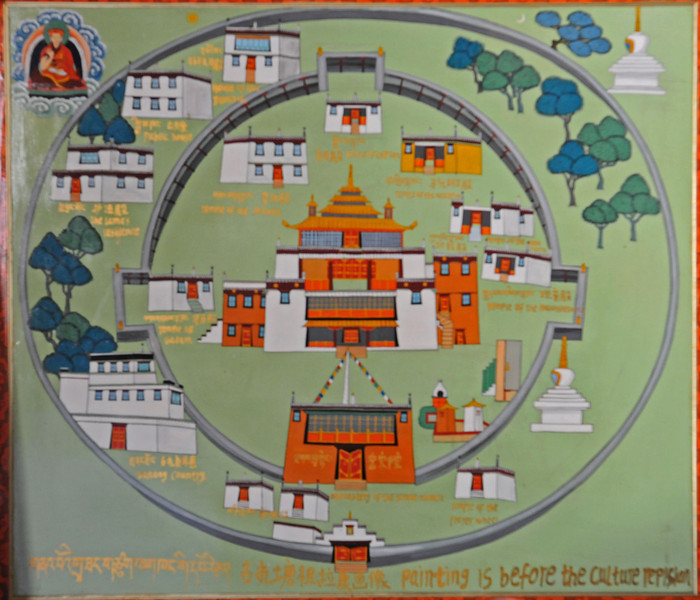
The “Five-Haves”mean that Drathang Monastery has an edge over the Samye Monastery in five aspects: first, the sutra-revolving cloister on the ground floor of Patriarchal Lhakang is one bow wider than that of the Samye Monastery; second, the sutra-revolving cloister in the middle floor features frescoes depicting thousand Buddhas; third, the bottom floor is symbolic of dragon king; fourth, the middle floor symbolizes the Southern King Yoigyechen; fifth, the top floor is symbolic of the Medicine King Raja.
Drathang Monastery was built in the style of Esoteric Buddhism Mandala, but it is regrettable that most of its constructions have been destroyed with only the main ha1l and wrecked surrounding walls remnant. Outside the surrounding walls is trench which functions as a defense facility. The main hall facing the east is in the shape of an irregular cross; it used to be a three-story construction and now it has only one floor composed of the porch, the sutra hall, the Buddhist chapel, and the cloister with the walls featuring colorful frescoes.
The main hall of Drathang Monastery mainly made of stones presents a pleasantview. On either side of the hall crouches a wood lion revealing its teeth; both lions are exquisitely carved. The exterior wall of the monastery features stone Buddhist carvings and human figures. The Buddhist Chapel enshrines statues of Sakyamuni with his eight disciples and two heavenly kings. The staute of Sakyamuni stands 3.4 meters high on a 1.4 meter high base; it has the backdrop of peach shaped flame patterns with the highlighted part at its waist spanning three meters; its light effect was created by golden powder. The eight disciples by Sakyamuni distributed on both sides of the central statue stand 3.5 meters high on average; around the disciples are flame patterns with three inner circles in red, blue and green and in the innermost circle is a black-white band with beads. The two statues of heavenly kings of 4.1 meters high are backed against flame patterns with the patterns in the right hand scattered and those in the left concentrated.
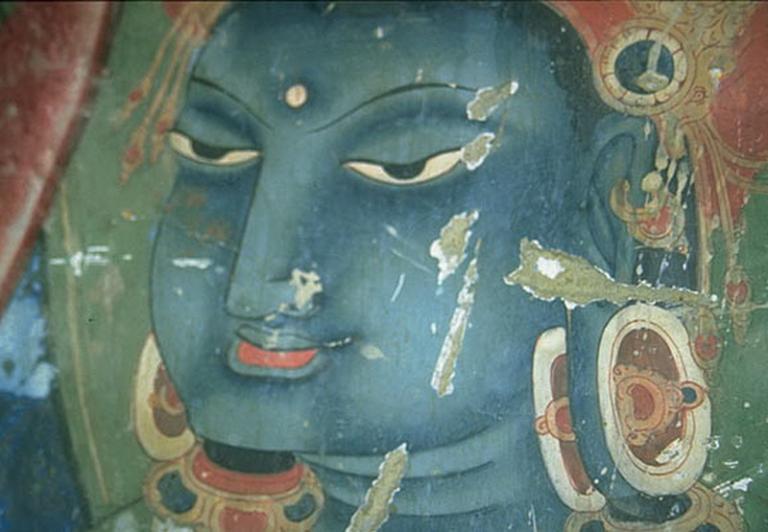
The most valuable relics in Drathang Monastery are frescoes in the Buddhist chape1. In terms of the theme, content and style, these frescoes roughly fall intotwo periods. The frescos of the first type are those on the south, north and west walls of the chapel; they appear old, so it can be concluded that they were painted when the monastery was first constructed; these frescoes feature an around-one-meter-high portrait of Sakyamuni and busts of the male and female in a proper layout with flowers and grass interspersed among the statues. The frescoes of the secondtype are those in the eastmost of the south and north walls; on either wall there are three statues of Amitayus around one meter high; around the statue is the ovalshaped head light and backdrop light; each of these statues has a five-Dhyani Buddhas crown on the head, wears a long skirt with bare chest, and sits on an upturned lotus base. As one of the early monasteries in Tibet, Drathang Monastery boasts distinctive frescoes which have been found nowhere else except in Shalu Monastery built in the same period as Drathang Monastery.A1l these valuable cultural relics are of great value to the research on the early frescoes in Tibet, the outside influences to Tibet and Tibetan costume, etc.
